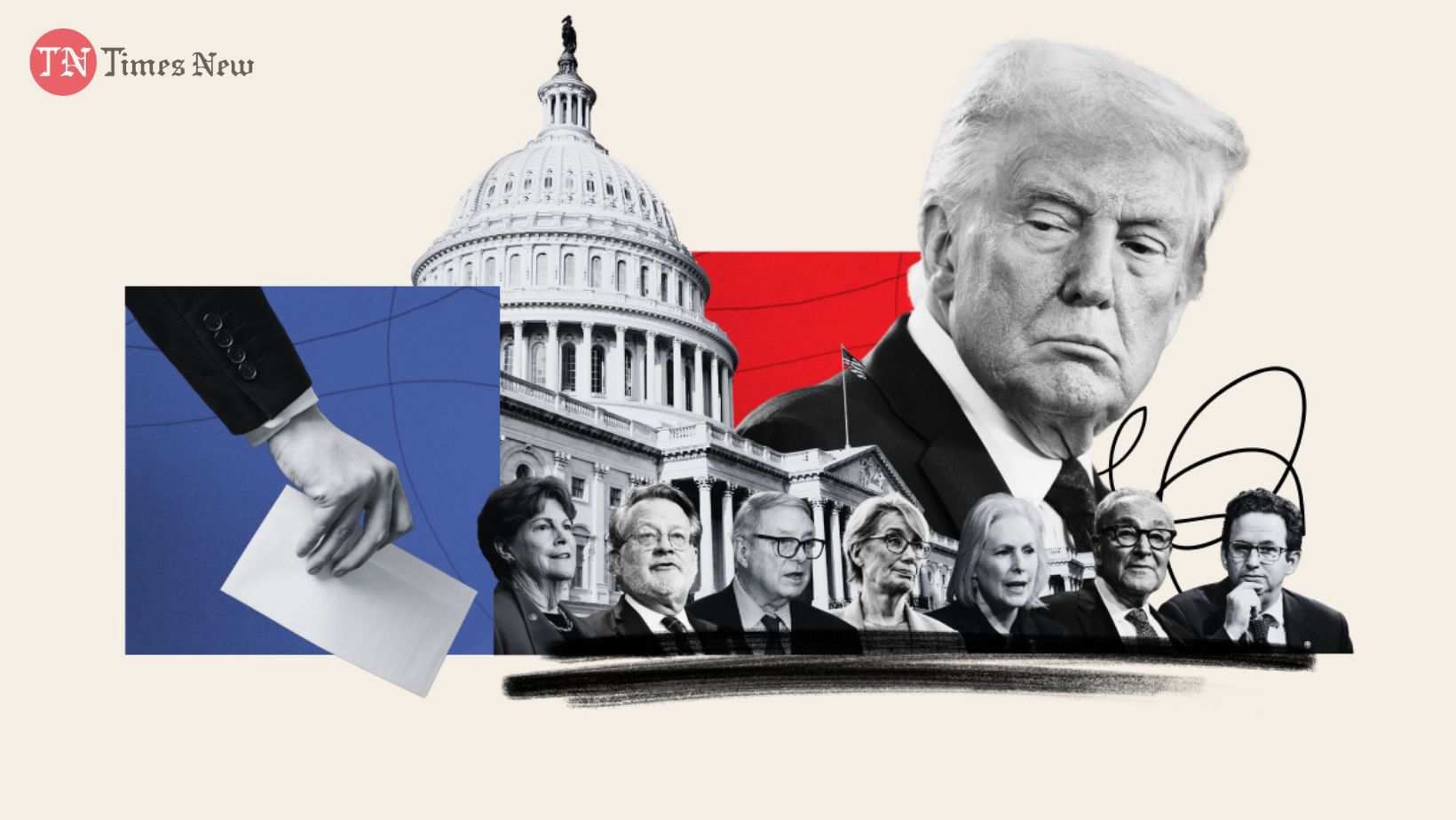
The U.S. government shutdown extended into its sixth day on Monday, with President Donald Trump and congressional Democrats at an impasse over federal funding. The Republican-led Senate is set to vote on competing funding measures, including a House-approved stopgap bill and a Democratic alternative, though neither is expected to secure the 60 votes required to pass. The White House has threatened mass layoffs of federal workers if the shutdown continues, while Trump’s budget director has frozen $28 billion in infrastructure funds for Democratic-leaning states.
Democratic leaders have refused to yield to what they describe as hardball tactics from the White House, which included social media posts with deepfake videos mocking Mexican stereotypes. House Democratic leader Hakeem Jeffries criticized the administration’s approach, highlighting the absence of serious negotiations and pointing to Trump’s time on the golf course. The shutdown, the 15th in U.S. history since 1981, now matches the six-day length of a 1995 shutdown and is among the longest in recent history.
Key issues center on the Affordable Care Act, with Democrats demanding permanent subsidies for health insurance before open enrollment begins on November 1. Senate Democrats have repeatedly voted down the House-approved funding bill, while Republicans argue that only a handful of Democrats need to support the measure to reopen the government. With about $1.7 trillion in federal funds frozen, the standoff threatens critical agency operations, health programs, and retirement benefits, leaving resolution uncertain.
Pic Courtesy: google/ images are subject to copyright









